Components of the gastrointestinal tract (GI tract) and digestive enzymes. This video is available for instant download licensing here: https://www.alilamedicalmedia.com/-/galleries/narrated-videos-by-topics/anatomy-physiology-basics/-/medias/4fa9b99e-458c-4847-928d-966e40dcf2f6-digestive-system-narrated-animation Voice by: Sue Stern ©Alila Medical Media. All rights reserved. Support us on Patreon and get FREE downloads and other great rewards: patreon.com/AlilaMedicalMedia The digestive system is composed of 2 main components: the gastrointestinal tract, or GI tract, where digestion and absorption take place; and accessory organs which secrete various fluids/enzymes to help with digestion. The GI tract is a continuous chain of organs where food enters at one end and waste gets out from the other. These organs are lined with smooth muscles whose rhythmic contractions generate waves of movement along their walls, known as peristalsis. Peristalsis is the force that propels food down the tract. Digestion is the process of breaking down food into smaller, simpler components, so they can be absorbed by the body. Basically, carbohydrates such as sugars and starch are broken down into glucose, proteins into amino acids, and fat molecules into fatty acids and glycerol. Digestion starts in the oral cavity where the food is moistened with saliva and chewed, food bolus is formed to facilitate swallowing. Saliva is secreted by the salivary glands and contains the enzyme amylase. Amylase breaks down starch into maltose and dextrin which are processed further in the small intestine. The food bolus is propelled down the esophagus into the stomach, the major organ of the GI tract. The stomach produces gastric juice containing pepsin, a protease, and hydrochloric acid which act to digest proteins. At the same time, mechanical churning is performed by muscular contraction of the stomach wall. The result is the formation of chyme, a semi-liquid mass of partially digested food. Chyme is stored in the stomach and is slowly released into the first part of the small intestine, the duodenum. The duodenum receives the following digestive enzymes from accessory organs: – Bile, produced in the liver and stored in the gallbladder; bile emulsifies fats and makes it easier for lipases to break them down. – Pancreatic juice from the pancreas. This mixture contains proteases, lipases and amylase, and plays major role in digestion of proteins and fats. The small intestine also produces its own enzymes: peptidases, sucrase, lactase, and maltase. Intestinal enzymes contribute mainly to the hydrolysis of polysaccharides. The small intestine is where most of digestion and absorption take place. The walls of the small intestine absorb the digested nutrients into the bloodstream, which in turn delivers them to the rest of the body. In the small intestine, the chyme moves more slowly allowing time for thorough digestion and absorption. This is made possible by segmentation contractions of the circular muscles in the intestinal walls. Segmentation contractions move chyme in both directions. This allows a better mixing with digestive juices and a longer contact time with the intestinal walls. The large intestine converts digested left-over into feces. It absorbs water and any remaining nutrients. The bacteria of the colon, known as gut flora, can break down substances in the chyme that are not digestible by the human digestive system. Bacterial fermentation produces various vitamins that are absorbed through the walls of the colon. The semi-solid fecal matter is then stored in the r. until it can be pushed out from the body during a bowel movement. All images/videos by Alila Medical Media are for information purposes ONLY and are NOT intended to replace professional medical advice, diagnosis or treatment. Always seek the advice of a qualified healthcare provider with any questions you may have regarding a medical condition.
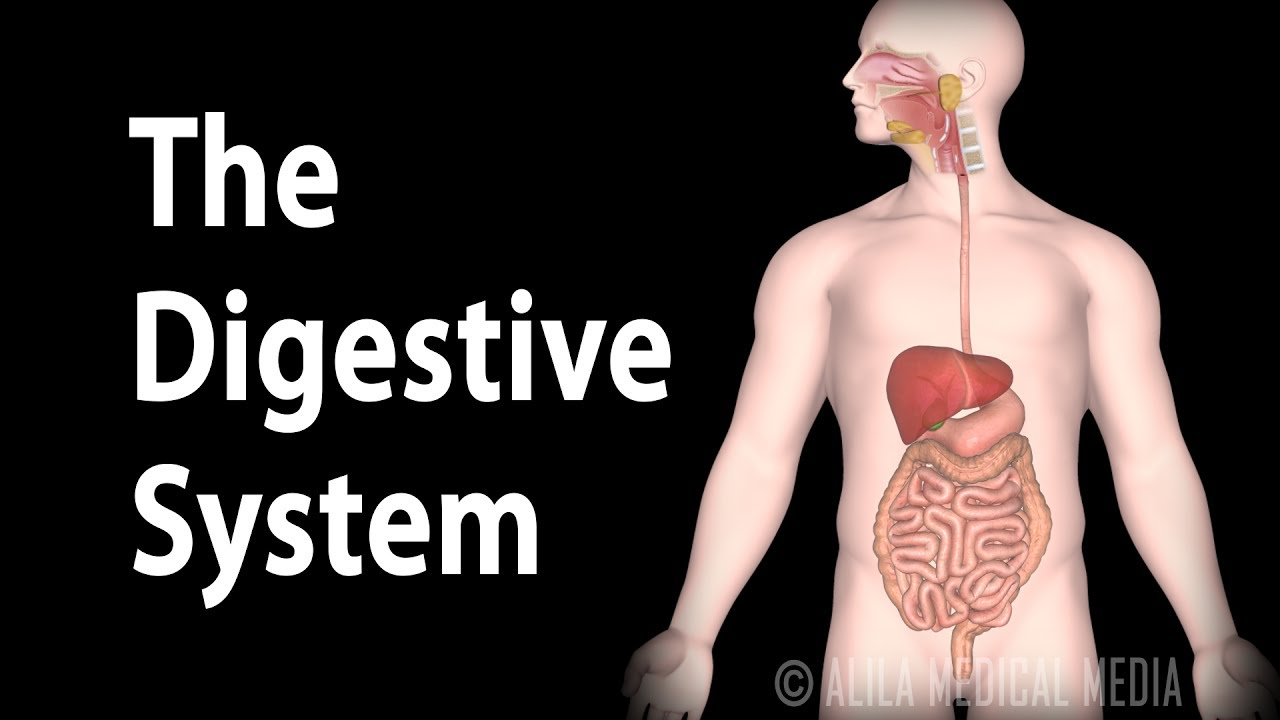
Physiology Basics: the Digestive System, Animation
- Post author:
- Post published:June 15, 2021
- Post category:Uncategorized
- Post comments:0 Comments
You Might Also Like

Overhead Shrugs For Bigger Traps
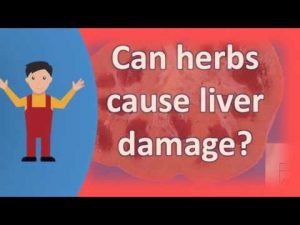
Can herbs cause liver damage ?
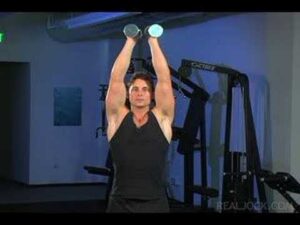
Standing Dumbbell Shoulder Presses

Fitness Definition Components Video – 1

How to Do Incline Dumbbell Bench Press | Chest Workout
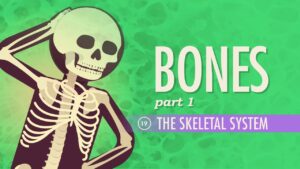
The Skeletal System: Crash Course A&P #19

Men’s Standards Of Beauty Around The World

What is an isometric exercise? Isometric Exercises Definition

16 FOODS TO EAT ON A KETOGENIC DIET — Ketogenic Diet Foods.

Bowflex® Bodyweight Workout | Five-Minute Cardio Blast Workout

Real Cause Of High Blood Pressure (Hypertension) | Dr.Berg
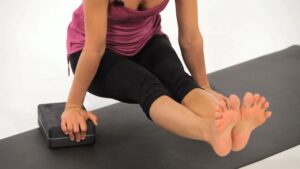
Telasana Core Strengthening Exercise | Yoga
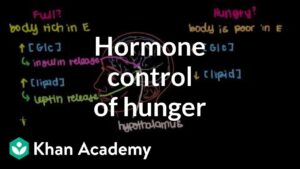
Hormone control of hunger

3D CT Angiography in the evaluation of Intra Cranial Aneurysms – Seminar PPT Presentation
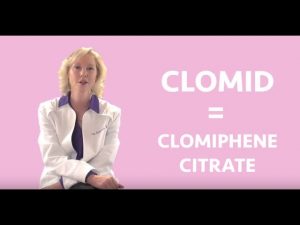
Infertility Hormonal Treatments • WCWRC

Is it normal to get a prescription for propranolol?
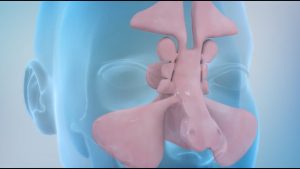
Sinusitis and Sinus Surgery Explained (Balloon Sinuplasty and Endoscopic Sinus Surgery)

Triceps – Cable Rope Overhead Triceps Extension Exercise Guide

9 Steps to doing the Splits!

Cardiac surgery Video – 5

30 Sec Tips | Pre-Workout

Definition of repetition

Whats your metabolic rate?
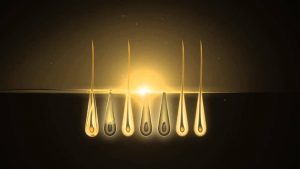
Hair Loss in Women Minoxidil Expert Hair Regrowth Treatment Pantene

One Arm Dumbbell Preacher Curls – Biceps Exercise – Bodybuilding.com
Fat Loss/Obesity Nutrition

Fitness Definitions
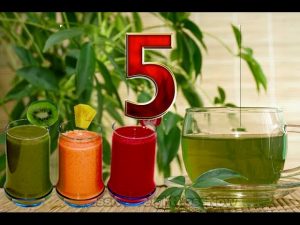
5 Drinks to Help You Lose Weight

Stability Ball Hyperextension

5 MIN COOL DOWN ROUTINE || The Best Stretches You Need to Cool Down After a Home Workout
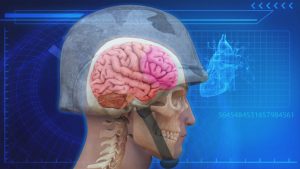
Traumatic brain disorder ‘signature injury’ Afghanistan, Iraq wars
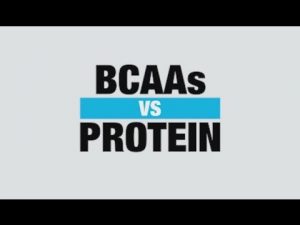
BCAA Supplement vs Protein Supplement – Know Your Supps – BPI Sports
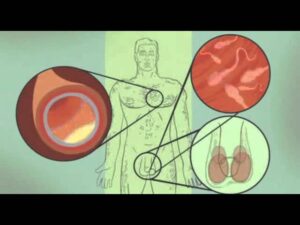
Steroids 101 – Bigger Stronger Faster*
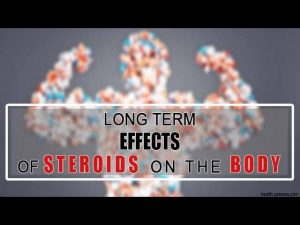
Long term effects of steroids on the body – Onlymyhealth.com
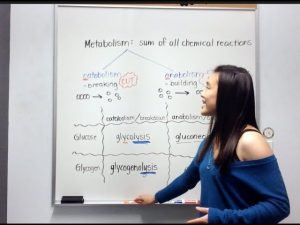
Catabolism and Anabolism for Glucose and Glycogen

Hormone, androgenic – Medical Meaning and Pronunciation
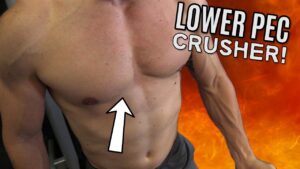
ISO Lateral Decline Press Exercises for a Fuller Chest

How to Do an Overhead Press | Female Bodybuilding

How to do a Dragon Flag (GET KILLER ABS!)

How To Do Flat Bench Chest Flys

METABOLISM BOOSTING Cardio — Workout to INCREASE METABOLISM

